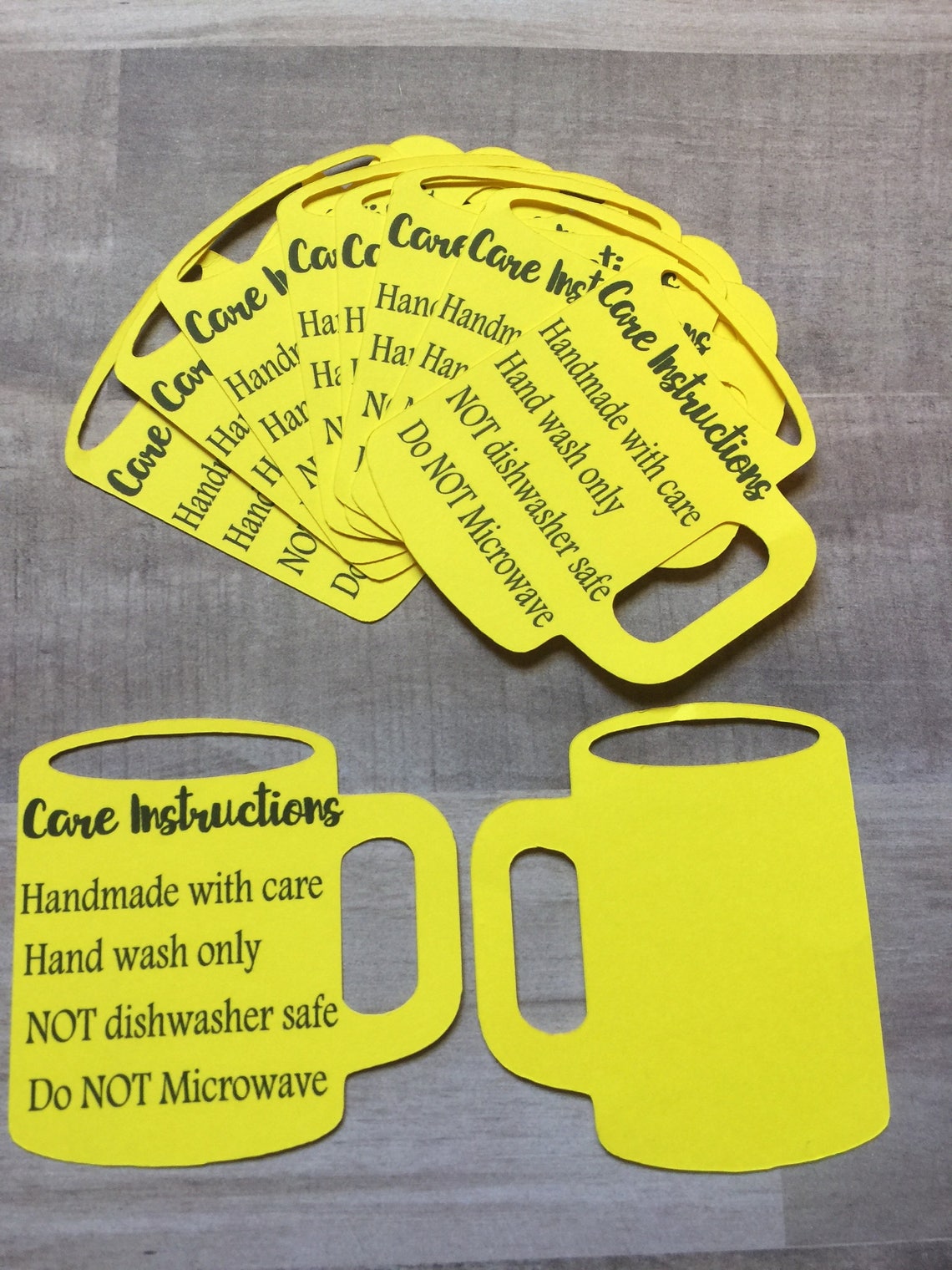
One word of advice: be careful to choose the correct area to adjust widths, paddings and margins. Pfew, exciting right? Just be glad you don’t have to do this by hand and can use simple controls to manipulate these powerful settings to get the menu of your dreams. In short, whereas line-height will add the same amount of space above and below the text, padding can be used to add space on top or at the bottom and works in addition to or on top of the line height. This changes the space the text takes up equally above and below the actual text. A similar effect can be reached by adjusting the line-height. If you increase the font size, the entire button will become taller.

Padding can be thought of as being part of the content an element contains, if the content grows, the element grows with it. You can do this by adjusting the top padding of the buttons. So how does this padding thing work? Let’s say for example that you would like to put some extra space in the top area of the buttons. Margins work on the space “outside” of the box (between the element itself and the other elements).įigure 6: The CSS Box Model for Menu Builder. Padding adjusts the space “inside” the box (between the content and the border of the box) and can be used to manipulate the space within an element such as adding extra space between the Menu Button text and the top of the button to create a nice big button effect. Let’s have a look at what they call the “CSS Box Model” for an overview of how these different properties influence each other. Often there are multiple ways to accomplish the same thing and it may not be entirely clear what property to adjust for the desired result. But for many people padding and margin concepts are a bit harder to grasp.

Most CSS properties are very easy to understand, after all a background color property or control adds a background color. Widths, Padding and Marginsīefore we dive into the shiny design controls highlighted above, let’s talk a little bit about how we can use the least flashy of them - width, margin and padding - to control the layout of your menus. If you click it a drop down will appear that allows you to select different elements or groups.įigure 5: Group and element selection dialog in design mode. By default the menu is selected when you enter in design mode. In the top right of the application you can see the group or element that you are currently editing. Just something to keep in the back of your mind when crafting awesomeness! So if you select all menu buttons, increase the font size and one button does not change, you probably applied specific font styles to that button that take priority over global changes. As soon as you start applying design styles to a specific element, these styles will take priority over styles that are applied to a group. That does not just sound very powerful and handy, it actually is! But there is one thing you need to take into account.

You can edit all buttons of a specific submenu at the same time, or,.

You can edit one specific submenu individually.You can edit one specific button individually.You can edit them all at the same time, or,.The main menu itself (the div or outer container with id=nav that we showed in Chapter 3).It is important to understand that the design tools work on a number of different levels. Now you can change and adjust layouts, set backgrounds for the menu, submenus and buttons, add borders, adjust font styles, apply rounded corners and.well let's just get started. Just keep on tweaking and exploring and you can make your menu look exactly what you want it to be.ĭid you click the design icon up top yet? If not, please do so and you will Menu Builder going into 'design mode'. The CSS however can be something completely else! That's why the design section is the brains of the operation allowing you to shape your menu into (almost) any form, format or design. In Chapter 3 we saw that the HTML portion of a navigation menu is relatively straightforward. Design, tweak, explore, prototype.have fun!


 0 kommentar(er)
0 kommentar(er)
